Cohort-based whole exome and whole genome sequencing and copy number variant (CNV) studies have identified genetic etiologies for a sizable proportion of patients with cerebral palsy (CP). These findings indicate that genetic mutations collectively comprise an important cause of CP.
CPF Executive Director Rachel Byrne and Lily Collison with Kara Buckley and individuals from the book Pure Grit, talk about what it takes to be successful with a disability.

CPF Executive Director Rachel Byrne talks with Lily Collison and her son Tommy about their journey with Cerebral Palsy, Lily's new book, Tommy's work and much more.
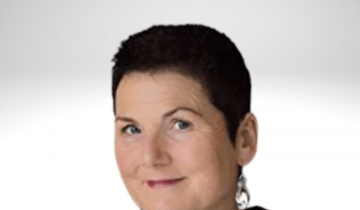
CPF Executive Director Rachel Byrne and Peter Trojic, professional dancer with the Heidi Latski dance Company in New York City, discuss dance and disability.
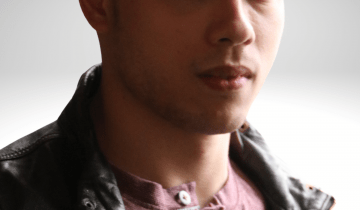
CPF Executive Director Rachel Byrne and Jocelyn Cohen, Vice President of Communications and Engagement at Cerebral Palsy Alliance Research Foundation discuss collaboration in research.

CPF Executive Director Rachel Byrne and physical therapist, Jennifer Jezequel, PT, discuss exercise and fitness for children with Cerebral Palsy.
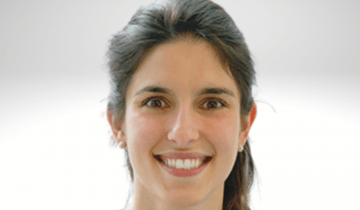
CPF Executive Director Rachel Byrne and Byron Lai, PhD, discuss exercise and fitness for individuals with Cerebral Palsy.

CPF Executive Director Rachel Byrne and speech therapist, Kristen Allison, PhD, CCC-SLP discuss communication and Cerebral Palsy.

CPF Executive Director Rachel Byrne and Peter Rosenbaum, MD, developmental pediatrician and CPF Scientific Advisory Council member discuss how current thinking about Cerebral Palsy has changed over time with advances in research.

The hardest part of raising two children with Cerebral Palsy is the fact that we live in a world that refuses to adapt to anything beyond ordinary. And I have always -- always -- known that Benjamin and Mason were far beyond ordinary.
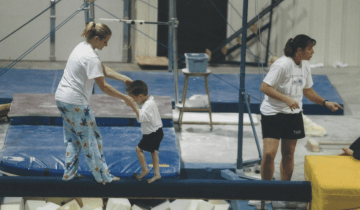
Vocational Rehabilitation (VR), operated by the Department of Education, can be utilized for their many tools to aid those with disabilities in the preparation for the job search, finding gainful employment, and maintaining this employment.

Author David Stoner provides insight into his experience with Personal Care Attendants through the years as his needs and his family's needs have changed.
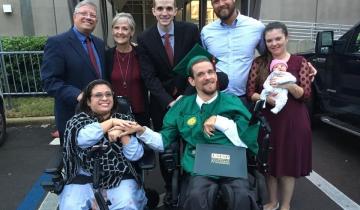
We got the diagnosis of Cerebral Palsy when Lelia was 18 months. I was really happy, as we didn’t know what was wrong with her before then. She had low tone. She couldn’t roll over. She couldn’t sit up. Of course she didn’t walk. The diagnosis gave it a name, something I could work with, and I became a kind of vigilante mother, determined to get the best care for my daughter.
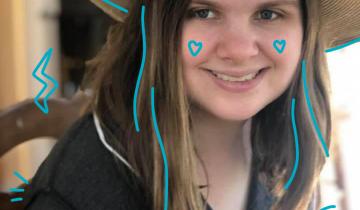
Mental health care should be included at the outset, as part of discussions around physical, occupational, and speech therapies. I’ve seen studies on cerebral palsy’s effect on caregiver mental health — and that is important. Caregivers are part of the cerebral palsy community, too. It’s an interdependent one. There’s not enough about the nuance around how having cerebral palsy affects mental health.”

Almost all of us can vividly conjure up an episode of being bullied that occurred in our own lives. Hopefully, fewer of us will have memories of being the bully. These experiences and remembrances often are formative, perceived as hurtful, and can have a long term impact on our health and well-being. For me the memory of being the center of attention in a negative way never quite fades, but with age, the perspective changes to a challenge.
A parent's perspective as she recalls the moment she realized that a wheelchair meant freedom for her son and not a barrier to his progress.

Dating can be scary, all of the questions that go through your head before a first date can often be overwhelming. What do I wear? What do we talk about? Does my breath stink? These are common concerns before any normal date. My brain was wrapping itself around the idea that this was my FIRST DATE EVER.
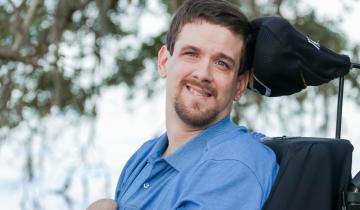
There are multiple factors that impact bone health, including birth weight, nutrition, medications for seizures and/or reflux, genetics, and physical activity. Targeted exercise to improve bone health in childhood can be sustained into adulthood, and childhood is the best time to promote bone health.
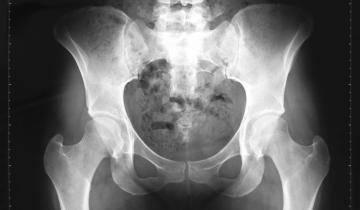
There are many kinds of physical activities that people with cerebral palsy can participate in – for both ambulatory people as well those who use various mobility devices. Knowing just what activities are right for whom can be tough, this article helps to sort that out.

My boys were exactly the same amazing, lovable, adorable, brilliant little boys after the diagnosis, that they had been before it. The exact same.

What do you do when you want to help your child but your local providers don't have the resources? You travel for treatment. In this personal story, Sophia's family describes their experiences traveling to Gillette Children's for treatment, including both neurosurgical and orthopedic surgeries.

Shelby Nurse discusses how pain has been part of the reality throughout her life. In this video Shelby talks about what strategies and pain management techniques have worked for her and how this have changed and different times.
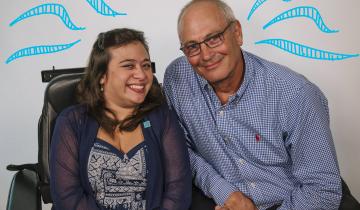
Learn about Ava's journey with gait analysis and surgery at Gillette Children's.
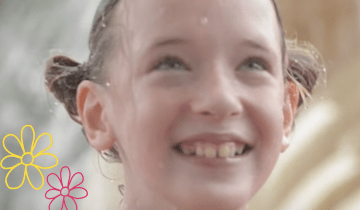
Purpose of review: Cerebral palsy is the most common physical disability of childhood, but the rate is falling, and severity is lessening. We conducted a systematic overview of best available evidence (2012-2019), appraising evidence using GRADE and the Evidence Alert Traffic Light System and then aggregated the new findings with our previous 2013 findings. This article summarizes the best available evidence interventions for preventing and managing cerebral palsy in 2019.
"In addition to commonly associated environmental factors, genomic factors may cause cerebral palsy. We performed whole-exome sequencing of 250 parent–offspring trios, and observed enrichment of damaging de novo mutations in cerebral palsy cases."
